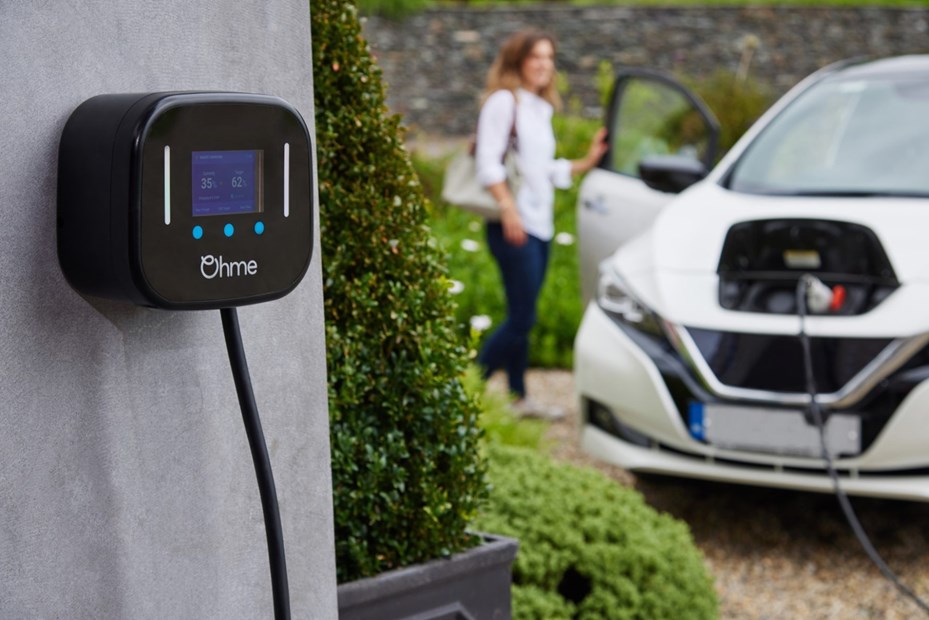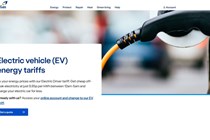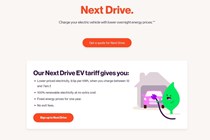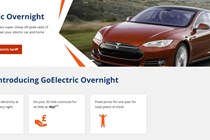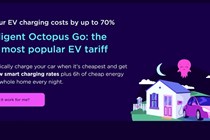One of the main motivations for switching to an electric car is that they can reduce your day-to-day running costs. Recharging a battery can cost a lot less than filling a fuel tank, after all. Yet working out the most cost-effective way of recharging an EV can be complex enough to make your head spin. It’s simplified at home, though, if you switch to one of the best EV tariffs.
We’ve looked at the various domestic electricity tariffs that are specifically aimed at electric car owners to come up with what we think are the five best options. Below, we’ve explained how we calculated the figures behind our rankings and some of the pertinent questions you might have about the value of the best EV tariffs.
Are EV charging tariffs worth it?
Most electric car owners charge up at home most of the time, using a domestic wallbox EV charger. That’s because it’s more cost-effective and reliable than the UK’s patchy public charging infrastructure, and because most people don’t drive far enough in a typical day for their car to need recharging when they’re out and about.
Charging at home may be cheaper than using public chargers but, even as energy prices come down, the costs can quickly mount up. Switching to an energy tariff specifically designed for EV owners can reduce costs further.
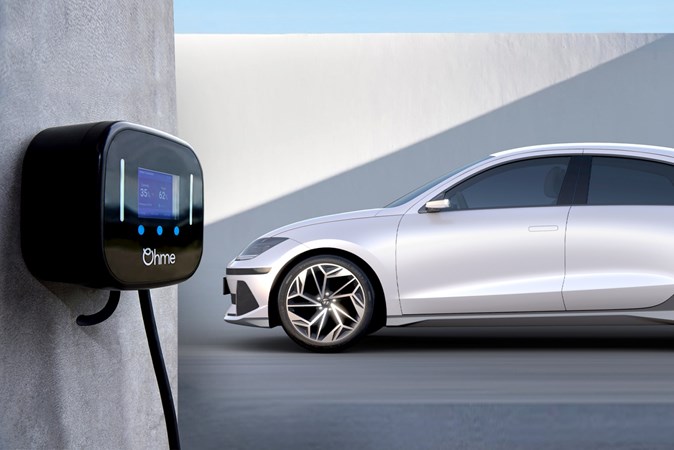
They’re not dissimilar to Economy 7 tariffs, in that you’re charged a significantly reduced price per kilowatt hour of electricity used during off-peak hours. Indeed, the costs are so low that, if you recharge entirely at home, you may only spend £200 or so a year on electricity for your EV.
What is the best charging regime for an EV?
The type of lithium-ion battery fitted to every electric car currently on sale in the UK shouldn’t really be fully recharged every time. Do that and it’ll lose capacity and efficiency relatively quickly.
Not to say you should never fully recharge the battery, but pulling the plug out when its recharged to 80% of its capacity will help preserve its life. Something that’s worth doing as replacing an EV’s battery can be extremely expensive.
What is the most cost-effective way to charge an EV?
Recharging at home is by far the most cost-effective way of charging an EV. Public chargers cost a lot more to use, indeed in some cases they’re more expensive than petrol or diesel. Home charging can be even more affordable if you have an electricity tariff that charges lower rates during off-peak hours.
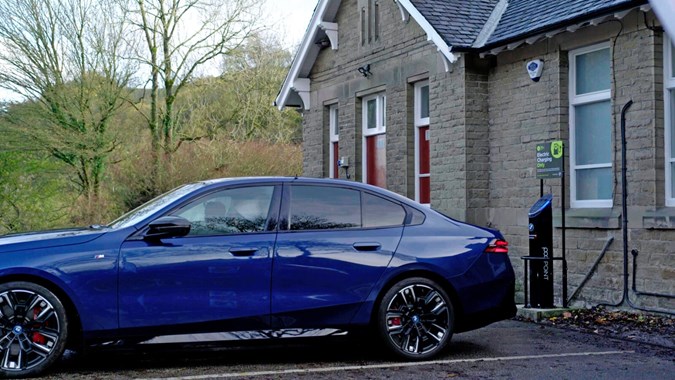
Which energy companies offer EV tariffs?
There are currently 10 energy companies in the UK offering EV tariffs: Ovo Energy, Octopus Energy, British Gas, E.ON, EDF, Good Energy, Ecotricity, Scottish Power, So Energy, and Utility Warehouse.
In this ranking, we’ve focused on the five best deals based on cost. Not all EV tariffs are available nationwide, and some are only open to existing customers. We’ve excluded others simply because they don’t offer the best value for money in our analysis. However, if you’re already with one of the other providers or they operate in your area, they may still be worth considering
Note that there are no energy tariffs currently available just for EV charging. All the ones that are available include all your energy usage.
How we calculated our figures
The figures we’ve used to rank the best EV charging tariffs are based on some very broad assumptions, but they’re representative of a lot of EV owners’ circumstances.
We’ve benchmarked against a typical electric family car that covers 9,000 miles a year and gets through the battery’s charge at a rate of 3.5 miles per kWh. That’s 25 miles per day using 7kWh of electricity, on average. The car’s energy consumption in a year totals 2,571.43kWh.
However, keep in mind that our calculations don’t include the standing charge, so it’s worth factoring this in when choosing the best EV tariff for your needs.
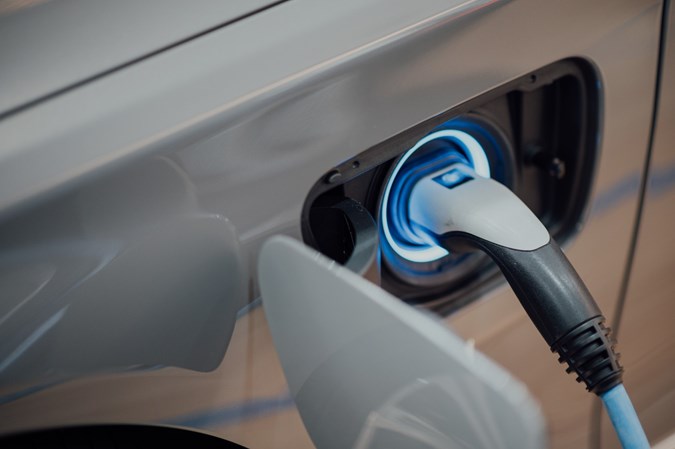
These are the figures presented in our analysis:
- The hours that electricity is available at the off-peak rate.
- The amount of charge that can theoretically be added to an EV’s battery in that time from a typical 7.4kW wallbox.
- The cost of electricity at off-peak rates, per kWh.
- The annual cost of the 2,571.43kWh of electricity our benchmark EV consumes.
Because our figures are based on assumptions and averages, we recommend that you get a personal quote from the energy companies highlighted here before switching your tariff.
The best EV charging tariffs
Best overall value – ideal for high mileage drivers
E.ON Next Drive takes the top spot because it offers the cheapest off-peak rate and the best overall value. With 7 hours of off-peak energy, you can add around 180 miles of range overnight, making it ideal for high-mileage drivers who need regular top-ups.
On top of that, rates are fixed for one year, it’s compatible with all electric cars – and plug-in hybrids – and chargers. It’s available to new and existing customers, as well, though only on a dual-fuel basis.
Pros
- Seven hours of off-peak charging
- Lowest off-peak cost here
- New and existing customers welcome
Cons
- Only available to dual-fuel customers
Gives the flexibility to charge at any time
This tariff doesn’t have off-peak hours in the usual sense. Instead, you plug in your EV, then use the app to instruct it to recharge when electricity is cheapest. Ovo will initially charge you at the full rate, but the discount for EV charging is credited back to your account.
With both peak and off-peak rates remarkably low, this is another best-value option. The downside? It’s only available to existing customers, isn’t compatible with all EVs, and requires an Ohme or Indra charger.
Pros
- Off-peak rate available all day
- Lower costs per kWh
- Works with a clever app
Cons
- Existing customers only
- Restricted to certain cars and chargers
Ideal for bargain hunters
This tariff gives you standard off-peak hours for household electricity, but EV charging is handled separately. Just plug in your car, set your charge target in the app, and the system automatically charges at the cheapest possible times, ensuring you never pay more than 7.0p per kWh – even if electricity prices surge.
Sounds great, but there are complications. It’s an electric-only tariff so, if you need gas, you’ll have to sign up to a separate tariff (which Octopus can provide). And they are tight restrictions on which chargers are compatible.
Pros
- Recharges when electricity is cheapest
- Low off-peak rate
- Useful app
Cons
- Limited charger compatibility
- Separate gas tariff needed
Convenient option with broad compatibility
This is one of the most widely accessible EV tariffs, available to both new and existing customers on either a dual-fuel or electric-only basis. Unlike some other deals, it has no restrictions on car models or charger types, making it a hassle-free choice.
While the off-peak rate isn’t the absolute lowest, it’s still competitive – and crucially, rates are fixed until 31 May 2025, offering price stability. Plus, you can use the off-peak rate for all household appliances, not just EV charging, helping to cut overall energy costs.
Pros
- No car or charger restrictions
- Available to new and existing customers
- Rates are fixed
Cons
- There are cheaper deals available
- Off-peak hours could be longer
A flexible tariff — but at a higher cost
This tariff offers off-peak savings across your entire household energy use, not just for EV charging — so if you can shift more of your electricity usage into off-peak hours, it could be a good way to cut costs. Rates are fixed until 30 September 2025, adding some long-term price security.
However, this is the most expensive EV tariff on our list. The off-peak rate is higher than rival deals, meaning you’ll pay more over the year. Additionally, it’s only available to those with specific cars and chargers, which could limit its appeal.
Pros
- Off-peak rate applies to all appliances
- Rates are fixed until September 2025
- Long-ish off-peak hours
Cons
- Car and charger compatibility issues
- Most expensive off-peak rate here
Just so you know, we may receive a commission or other compensation from the links on this website - read why you should trust us.


